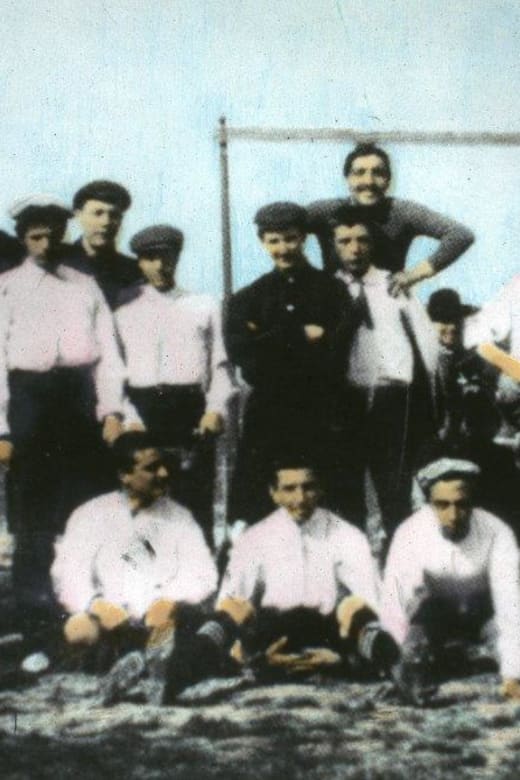The strength of an idea
It all began with a bench on Corso Re Umberto, one of the most famous streets in city centre Turin. A group of friends congregated on this bench. They all possessed a shared passion for football, a special game that had recently been ‘imported’ from England. They had an intriguing idea, to create a sports club. The boys attended the ‘Massimo D’Azeglio’ high school which specialised in classical studies. They were well educated but the eldest was just 17 years of age. This paved the way for the club’s name. In Latin, the name ‘Juventus’ means youth. They weren’t aware of it yet, but on 1 November 1897, they had given birth to a legend.







